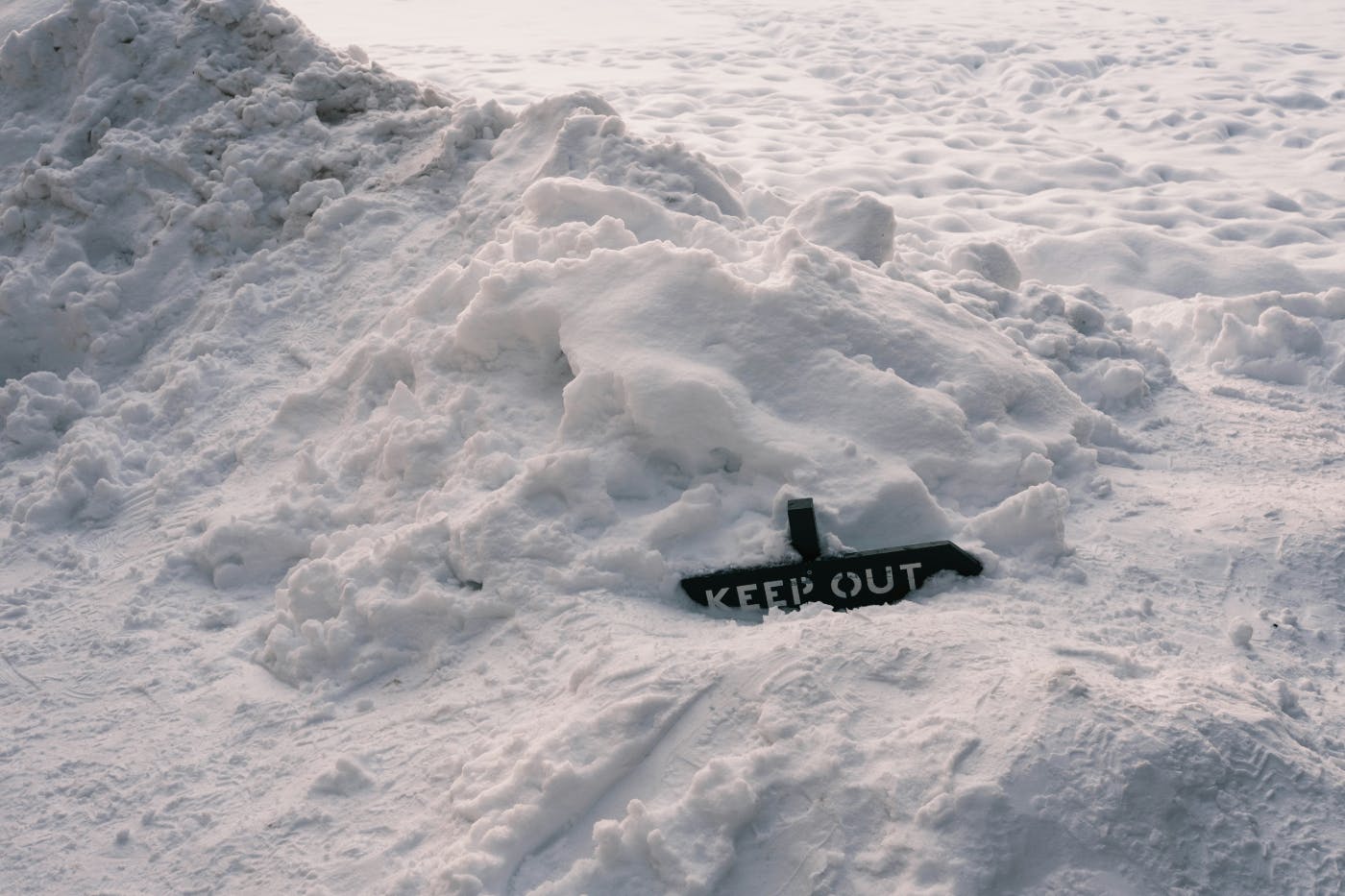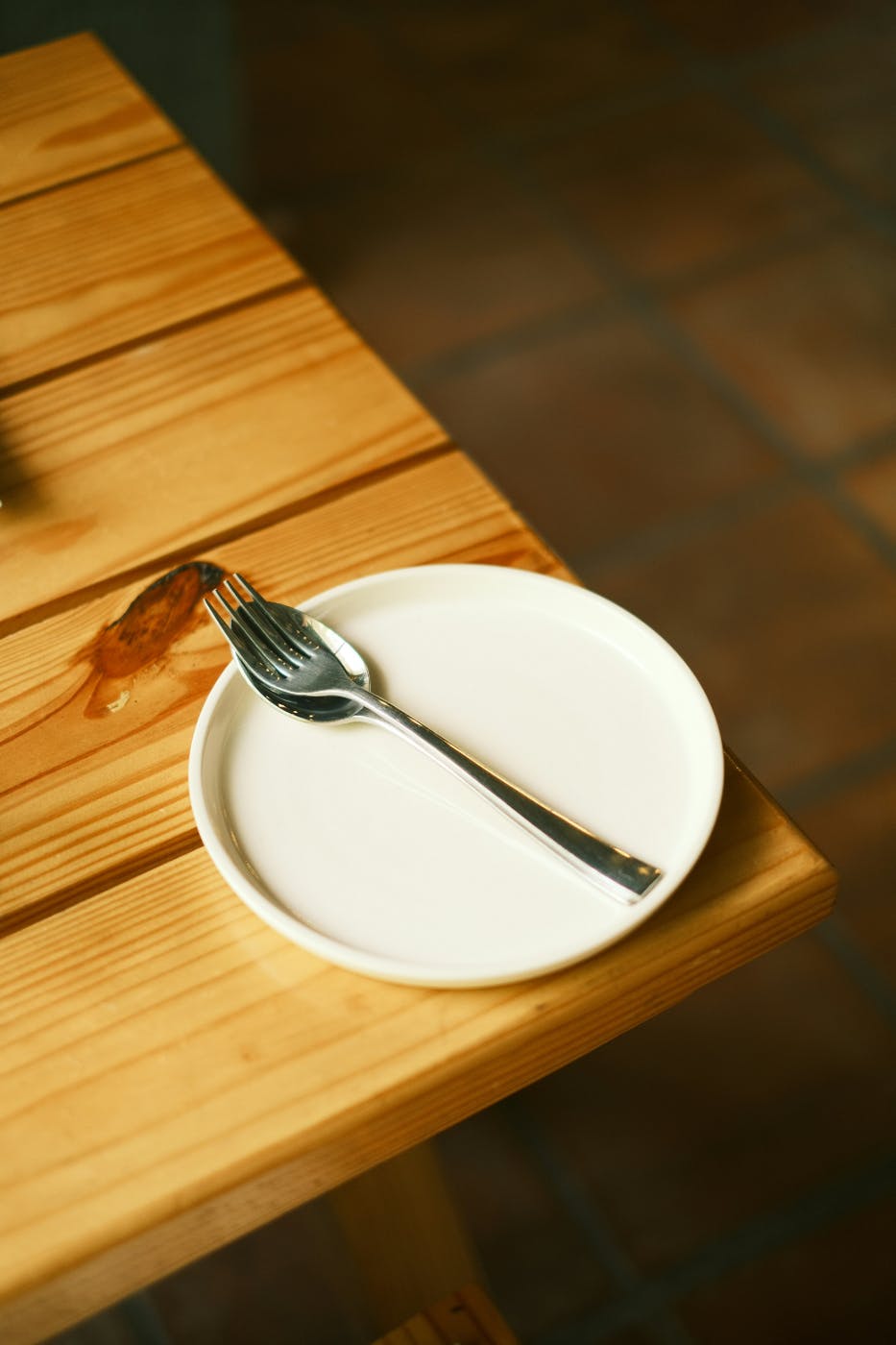

This got me thinking: we talk about brands as if they were people. What would some brands, on their last legs, order for their last meal?
I have often thought of murdering my boss. Easy now, this isn’t a confession, it’s a blog. I have not yet, and I never will. If I did, he would be sure to fire me.
There are two things that keep me from doing this. One is my overwhelming Irish Catholic guilt. If you’re not Irish Catholic, you may not understand. The kind of guilt that is generated by being of Irish descent and a Catholic is almost immeasurable. Some say that Kennedy really wanted us to go to the moon so that we’d be able to figure out a more advanced way to measure Irish Catholic guilt. This type of guilt is so bad that, even now, just joking about killing my boss as a setup for this blog is causing my ass to sweat, my hands to shake, and my knees to start their journey to kneeling. I feel that I should write him an apology email, but that would be too weird.
The second thing that’s keeping me from killing my boss is… my last meal.
The last meal is significant, and it says something about the person. For example, Ricky Ray Rector: Requested steak, fried chicken, cherry Kool-Aid, and pecan pie. He famously left the pecan pie untouched, saying he was saving it for later. He was headed to his death, and yet, he put that pie right there so he could have it later. That’s a statement.
It’s been said that the most popular last meal choices on death row typically consist of comfort foods like fried chicken, cheeseburgers, and steak, often accompanied by sides like fries and ice cream. Comfort food, heavy food, stick-to-your-ribs food for that long journey.
Whenever I read articles about people’s last meals—or Lawrence Brewer’s story—this is the guy who ruined it for all of us. Before his execution, Brewer ordered an enormous spread: two chicken fried steaks with gravy and sliced onions; a triple-patty bacon cheeseburger; a cheese omelet with ground beef, tomatoes, onions, bell peppers, and jalapeños; a bowl of fried okra with ketchup; one pound of barbecued meat with half a loaf of white bread; three fully loaded fajitas; a meat-lover's pizza; one pint of Blue Bell vanilla ice cream; a slab of peanut-butter fudge with crushed peanuts on top; and three root beers. When the meal was presented, he told officials that he was not hungry and did not eat any of it. The meal was discarded, prompting State Senator John Whitmire to ask Texas prison officials to end the 87-year-old tradition of giving last meals to condemned inmates. The prison agency's executive director responded that the practice had been terminated effective immediately. What a jerk.
When I read articles like that, I always think of what my last meal would be. Sometimes I think, I’ll order a ton of food and eat it all, slowly, and then, when I’m executed, they’ll have that to clean up. But then, I think, maybe more poetic: a glass of whiskey and melba toast. Or just a crust of bread and a glass of water, and I’d go to my death singing Food, Glorious Food, from the musical Oliver.
I just cannot decide, and so, until I do, my boss is safe. For now.
But the last meal can say a lot. It can define who that person is for history, or it can be bland and unnoticed. This got me thinking: we talk about brands as if they were people. What would some brands, on their last legs, order for their last meal?

Brand Last Meals
- Kodak: A platter of slightly out-of-focus polaroids, served with nostalgia sauce.<br />
- BlackBerry: A pile of slightly bruised fruit, ordered for efficiency, but ultimately underwhelming.<br />
- MySpace: A messy buffet of trends that never quite landed, with a side of nostalgia nobody asked for.<br />
- Yahoo: A buffet that promised everything but delivered outdated leftovers.<br />
- Blockbuster: All-you-can-eat nostalgia, but the oven was off.<br />
- Netflix (in 2035, hopefully not!): A perfectly curated tasting menu, because they know exactly what their audience wants… and why.<br />
A last meal tells a story about values, identity, and what a brand leaves behind. Some are memorable. Some are tragic. Some… just get tossed in the trash.
The insight? Brands can change their last meal while they’re still alive. They can pivot, refresh, listen, and evolve. They can make choices that ensure their legacy is something people remember fondly—not a cautionary tale about wasted potential.
If you’re responsible for a brand, ask: what would its last meal look like? Is it a feast, a disaster, or something in between? And more importantly, what can you do today so that when the time comes, it leaves the world wanting more?
Why Brands Die
Brands don’t die overnight. They rot slowly.
Neglect and Complacency: Some brands assume yesterday’s reputation is enough to sustain them. They coast on name recognition, ignore evolving customer needs, or stick with messaging that no longer resonates. That’s like showing up at a five-star restaurant and expecting last week’s specials to satisfy a crowd of food critics.
Chasing Every Trend: Others panic. They jump on every new fad, hashtag, and shiny gimmick without thinking about whether it aligns with their identity. That’s like ordering every item on the menu and still leaving hungry. You can pile on toppings, sauces, and side dishes, but if the foundation isn’t strong, the experience is chaotic and forgettable.
Misreading Audience Needs: Kodak thought digital cameras were a toy. Juicero believed people would pay $400 for a juice press. New Coke… well, that was an experiment in brand hubris. All of these missteps are like absurd last meals: massive, indulgent, and ultimately discarded.
In short, brands die from a mix of neglect, misalignment, and poor listening. The brands that survive understand that every choice—from product innovation to customer interaction—is a small meal that feeds their larger legacy.

How Brands Get There
Brands don’t just collapse out of nowhere. They usually wander down a slow, slippery slope paved with tiny compromises and ignored signals. Think of it like a buffet line where each course is slightly off: too salty, too bland, or just the wrong temperature. Over time, the flavors pile up, the experience becomes unpleasant, and no one comes back for seconds.
The signs are subtle at first: inconsistent messaging, products that don’t delight, customer service that frustrates rather than fixes, and a tone of voice that feels increasingly out of sync with reality. Employees notice it. Customers notice it. Eventually, everyone notices it—but by then, the brand is already teetering on the edge.
Some brands “get there” because they forget who they are. Others are distracted by shiny objects, chasing trends, or trying to please everyone at once. A dash of hubris, a pinch of neglect, and suddenly the brand has wandered into irrelevance territory. The last meal isn’t a choice anymore; it’s a punishment for letting this happen.
How to Avoid Brand Death
Here’s the good news: you don’t have to wait for the buffet of doom. Brands can course-correct, pivot, and thrive—if they pay attention.
1. Know your essence. Don’t chase trends just because everyone else is. Remember what your brand stands for and ensure every decision reinforces that identity.
2. Listen like a chef tasting the sauce. Customer feedback isn’t just data—it’s the flavor profile. Adjust what isn’t working before it sours.
3. Innovate, but with purpose. Offer new products, services, or campaigns that feel like natural extensions of your brand, not random experiments that confuse your audience.
4. Keep the experience consistent. Every interaction should echo the brand’s personality. From packaging to social posts to customer service, consistency strengthens trust and loyalty.
5. Refresh, don’t reinvent recklessly. Small, deliberate updates—new recipes, seasonal specials, refinements—keep your brand alive without losing its identity.
When brands follow these principles, they don’t just survive—they thrive. Their daily meals become memorable courses that build a legacy, rather than a single last meal that tells a cautionary tale.

Feeding Your Brand Before the Last Meal
Before a brand reaches the point of its last meal, there’s a whole buffet of daily choices. Messaging, product offerings, customer interactions—these are the bites that keep people coming back. Starve a brand of relevance, and the last meal becomes all it’s remembered for.
Some brands get complacent, coasting on reputation. Others overcompensate, chasing trends and gimmicks that don’t fit. The brands that survive find balance. They innovate with purpose, listen to their audience, and respect their heritage while moving forward. Every campaign, every product, every touchpoint is a dish that contributes to the feast of identity.
Think of it like tasting and adjusting a sauce: too little attention, and it’s bland; too much, and it’s overbearing. But just the right balance creates a memorable experience that leaves the audience nourished, delighted, and loyal.
And when brands feed themselves well along the way, the last meal—the legacy—is something they can control. It isn’t a disaster; it’s a carefully curated expression of what they stood for, how they served their audience, and why they mattered.
Summing Up
So, what’s the takeaway here? A brand’s last meal is a story, a statement, a reflection of choices made long before the curtain falls. Ignore the signals, chase every whim, and you might end up like Lawrence Brewer’s untouched feast: discarded and forgotten. Listen, evolve, and act intentionally, and your brand can serve up a legacy people remember fondly.
Your brand is alive today. Feed it well. Respect its identity. Listen to your audience. Innovate thoughtfully. Do all that, and when the time comes, your “last meal” won’t be a cautionary tale—it will be a final course that says, “We were here. We mattered. And we got it right.”
For more ideas on keeping brands alive and thriving, ThoughtLab explores how to reinvent brand language and build authenticity in a world that’s always ready to move on. Check out Reinventing Brand Language: The Shift to Authentic for a deeper dive into creating a lasting, resonant brand story.
And just for the record, if this were my brand’s last meal, I’d go big—but thoughtful. A perfectly seared filet with a side of roasted vegetables for balance, a glass of deep, smoky whiskey, and a single, decadent chocolate truffle for the finale. It says something about who I am, what I care about, and what I leave behind—a mix of indulgence and intention. That’s the kind of last meal any brand would want to be remembered for.
Oh, who am I kidding, chicken nuggets and grade school paste … plus, you know, the whiskey.
